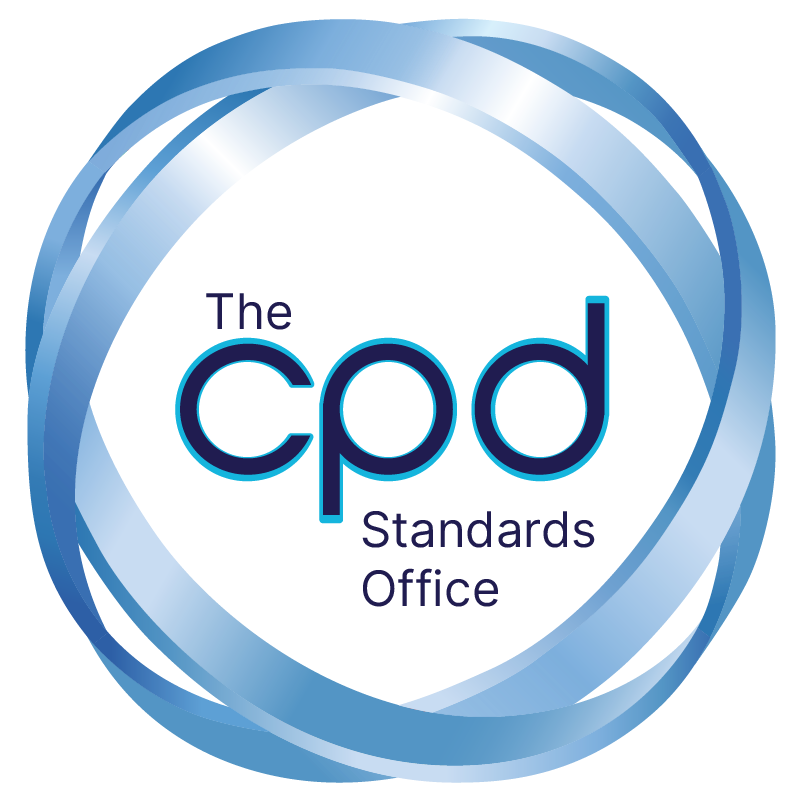About the Drainage Inspection: Modelling & Management Systems Course
Time Training Center's 5-day (30-hour) Drainage Inspection: Modelling & Management Systems course provides a holistic approach to the lifecycle of stormwater and drainage systems. It integrates field inspection techniques with analytical tools and management frameworks, covering construction and post-construction inspections, advanced modelling, and asset management.
The course emphasizes practical application, giving participants in-depth knowledge of structured inspection procedures, common defects, and failure modes. You can also learn to use industry-standard hydraulic and hydrologic modelling software such as SWMM and HEC-RAS.
Best practices for stormwater system operation, maintenance, and rehabilitation are covered to ensure regulatory compliance and cost-effective infrastructure management. Through a combination of theory, hands-on workshops, and real-world case studies, our program empowers engineers to design, evaluate, and manage sustainable urban drainage systems.
Course Objectives
By the end of this Drainage Inspection: Modelling & Management Systems course, participants will be able to:
- Understand the principles and importance of drainage system inspection during construction and post-construction phases.
- Apply structured inspection procedures to assess drainage infrastructure conditions, identify defects, and ensure regulatory compliance.
- Utilize hydrologic and hydraulic modelling software for the design, simulation, and evaluation of drainage systems.
- Integrate inspection findings into ongoing management, maintenance, and rehabilitation planning.
- Select appropriate Best Management Practices (BMPs) based on site conditions and performance data.
- Develop and implement cost-effective drainage operation and maintenance strategies.
- Analyze inspection data to support decision-making and optimize drainage system performance.
- Prepare drainage inspection reports and recommendations aligned with municipal or regulatory requirements.
Training Methodology
We employ a comprehensive and applied learning strategy, integrating theory with real-world implementation:
- 30% Conceptual Learning: Expert-led sessions on catalytic theory and engineering principles
- 20% Interactive Workshops: Group exercises, presentations, and technical discussion forums
- 30% Case-Based Learning: Industry-specific examples and troubleshooting scenarios
- 20% Technology Integration: Digital tools, simulations, and catalyst modeling applications
Who Should Attend?
This training course is highly beneficial for professionals involved in the design, inspection, modelling, and management of drainage systems, including:
- Municipal Engineers and Infrastructure Inspectors
- Civil and Environmental Engineers
- Drainage and Stormwater System Designers
- Asset Management and Maintenance Personnel
- Consultants and Technical Advisors in Water Resources
- Urban Planners and Development Engineers
- Regulatory Compliance Officers
- Construction Site Supervisors responsible for drainage implementation and QA/QC
Course Outline
Module 1: Overview of Urban Drainage Systems
- Pre-test assessment of existing knowledge
- Fundamentals of urban stormwater drainage
- Impact of urbanization on runoff, flooding, and water quality
- Drainage system components: conveyance, detention, infiltration, and outlet structures
- Regulatory and environmental context
Module 2: Importance and Scope of Drainage Inspection
- Inspection objectives and lifecycle phases (construction, post-construction, maintenance)
- Legal, environmental, and operational implications
- Common defects and failure modes in drainage systems
- Safety considerations during inspection
Module 3: Field Inspection Methods and Tools
- Visual inspection protocols for pipes, culverts, swales, ponds, and channels
- Use of inspection tools: CCTV, laser profiling, sonar, and drones
- Structural condition assessments and rating systems
- Documentation, photo-logging, and field reporting standards
Module 4: Repair and Strengthening Techniques
- Overview of stormwater modelling principles
- Selection and application of modelling software (e.g., SWMM, HEC-RAS, StormCAD, PondPack)
- Input data requirements and calibration techniques
- Integrating inspection findings into model adjustments
Module 5: Design Verification and Troubleshooting Through Modelling
- Model-based design validation
- Troubleshooting drainage failures with simulation
- Sensitivity analysis and scenario comparison
- Case studies linking inspection outcomes with model refinement
Module 6: Management Systems for Drainage Infrastructure
- Asset inventory and mapping for drainage networks
- Condition-based maintenance planning
- Use of Computerized Maintenance Management Systems (CMMS)
- Risk-based prioritization of rehabilitation activities
Module 7: Post-Construction Inspection and Performance Monitoring
- Acceptance testing and as-built verification
- Flow monitoring and pollutant loading assessment
- Maintenance inspection scheduling and seasonal impacts
- Long-term performance tracking and reporting
Module 8: Best Practices in Stormwater System Maintenance
- Maintenance requirements for pipes, channels, ponds, and LID features
- Inspection-triggered maintenance response planning
- Budgeting and resource allocation
- Coordination with public works and environmental agencies
Module 9: Workshop – Integrated Inspection, Modelling & Management Case Study
- Review of an actual drainage system project
- Conducting mock inspections (CCTV/video-based)
- Running simulations using selected software
- Developing a draft O&M plan based on inspection results and model outputs
Module 10: Capstone and Assessment
- Review of Core Topics and Key Learnings
- Final Group Discussion and Q&A
- Post-Test Evaluation
- Certificate Presentation
Course Completion Certificate
Upon completing your course at Time Training Center, you will be awarded an official Course Completion Certificate, recognizing your achievement and the skills you've gained. This certificate validates your expertise and reflects the high standards of training you've undergone.
Certificate Accreditations

Continuing Professional Development (CPD)
CPD Accreditation stands for Continuing Professional Development Accreditation. CPD Accreditation is a trust mark achieved by training providers, course creators, and other educators when their training activity (course, event, or other) has been assessed and confirmed to meet standards suitable for Continuing Professional Development. This accreditation assures both learners and employers that the training is credible and worthwhile for ongoing career growth.
 +971 2 6713828
+971 2 6713828
